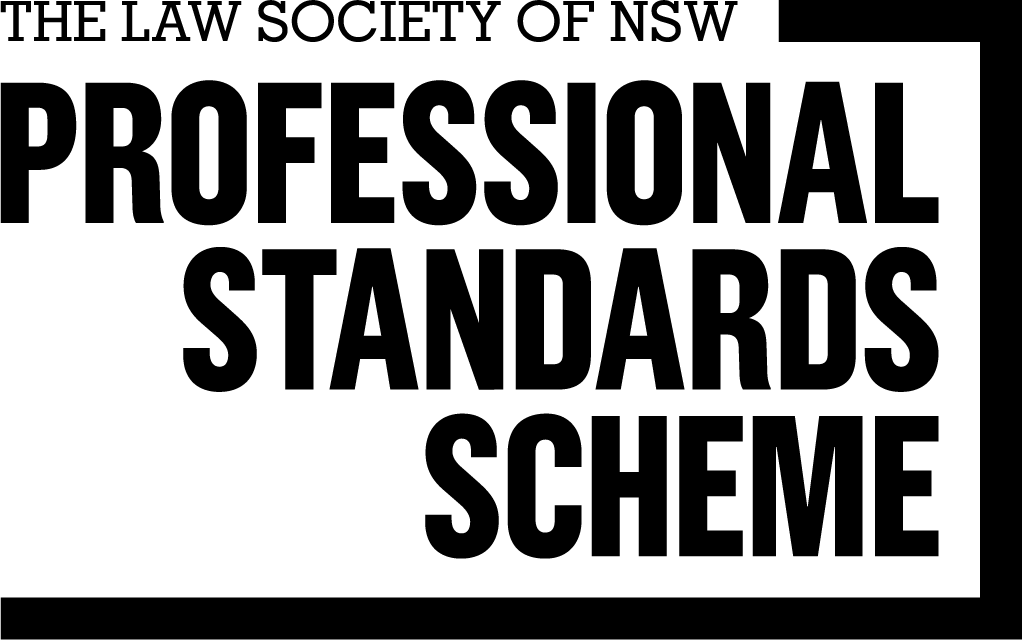Verraty Pty Ltd v Richmond Football Club Ltd [2020] VSCA 267
As it turns out, Geelong was not the only team hammered by the Tigers in 2020. The landlord in Verraty Pty Ltd v Richmond Football Club Ltd [2020] VSCA 267 also took a beating.
The case concerned the thorny issue of whether the Retail Leases Act (RLA) can come and go over the life of a lease, depending on whether or not jurisdictional hurdles continue or cease to apply.
In Victoria, the RLA applies to a lease of “retail premises” as defined in section 4. The section operates so that the premises are excluded from the definition of “retail premises” if the combined annual rent and outgoings exceed $1m.
In this case the Tigers entered into a lease by which the rent and outgoings were less than $1m. The lease contained provisions by which the Tigers agreed to pay land tax, and agreed to a ratchet on rent reviews.
The RLA applied when the lease was entered into (because the occupancy cost was under $1m) with the effect that the agreed land tax and ratchet provisions were deemed to be void.
However, at some time during the term the combined rent and outgoings crept over the $1m hurdle. The landlord argued that, accordingly, the premises no longer satisfied the statutory definition of “retail premises” with the consequence that the RLA ceased to apply, and the contractually agreed obligations around land tax and ratchets revived.
Unlike Tony Abbott (who only talked about shirtfronting Vladimir Putin), the Court of Appeal actually shirtfronted Richmond’s landlord.
The key provision is section 11(2). It says:
- …..this Act only applies to a lease of premises if the premises are retail premises (as defined in section 4) at the time the lease is entered into or renewed.
The Court held that the question of applicability is to be determined once and for all at the time the lease is entered into.
At paragraph [67] the Court held:
“From the text it is clear, and the parties agree, that in order for the Act to apply, the premises must be retail premises at the time the lease is entered into…..and not a later time”.
In summary the effect of s11(2) is that the only time at which you can determine whether the Act applies is at the time the lease is entered into.
I want you to hold that thought.
In an earlier edition of SCN I commented on the decision of the Victorian Court of Appeal in IMCC Group (Australia Pty Ltd) v CB Cold Storage Pty Ltd [2017] VSCA 178 (the Cold Turkey Case).
That case concerned another vexed issue under the Victorian RLA concerning the definition of “retail premises” in section 4. In summary, premises are “retail premises” if the premises are “used or are to be used, for the sale or hire of goods by retail, or the retail provision of services”.
In the Cold Turkey Case the permitted use under the lease was “cold and cool storage warehouse and transport facility”.
It is not possible from reading those words to decide whether or not the use will in fact entail the provision of services by retail.
The decision then turned on analysis of “the ultimate consumer test” which required the Court to consider how the premises were in fact used. At [46] the Court approved this approach including looking at matters such as “whether the services are generally available to any person for a fee”.
It is clear that you cannot analyse how the premises “are used” for the purposes of the ultimate consumer test until after the lease has been entered into.
So, the Court of Appeal in Cold Turkey tells us that (at least in some cases) we have to determine whether the premises are “retail premises” by reference to how the premises “are used” being an assessment which must necessarily occur after the lease is entered into.
And now we have the Court of Appeal in the Tigers Case telling us that [at 65]:
“All of the obligations prescribed in the Act assume and are predicated on the status of the lease being determined when the lease is entered into.”
Those two outcomes seem to me to be in direct conflict, and one of them must be wrong. I happen, respectfully, to think that both decisions are wrong, but the decision in Tigers is clearly preferable.
It must be that the parties should know whether or not the Act is to apply before they enter into the lease.
I suppose it is possible to argue that the only time at which you decide whether or not the Act applies is at the time the lease is entered into, but that you can work this out retrospectively, by application of the ultimate consumer test.
But the objections to this approach are compelling. In Tigers the Court made much of the thought that the purpose of the Act was to promote certainty.
At [34] the Court held:
“Clearly, as stated by the judge, one ‘main purpose’ of the RLA is to enable parties, both the prospective landlord and prospective tenant, to know and understand their obligations under a proposed leasing arrangement for the term of that lease with certainty so as to enable them to make a commercial decision whether to enter into the lease in the first place….”
If you have to wait until after the lease is entered into to ascertain whether or not the Act applies, you necessarily subvert the certainty the Act is intended to promote. Hopefully, the Tigers will be the first nail in the coffin of the ultimate consumer.
Apart from preferring Tigers to Cold Turkey, I remain (respectfully) critical of the Tigers decision. The court held that if the Act applied on the date the lease was entered into, the Act applied forever. If the Act did not apply at the time it was entered into, it could never apply. And there was no ability to jump on and off.
The basic reason for this decision was the desirability of placing the landlord and tenant in a position of contractual certainty [see paras. 71-75]. The Court thought there was no certainty in a world where there was room for the Act to come and go over the life of the lease.
I would be more comfortable with this reasoning if the Victorian Act contained provision like s14 in Queensland. That provision kicks the issue into touch.
But Victoria does not contain such a term. The closest it gets is s11(2):
- …..this Act only applies to a lease of premises if the premises are retail premises (as defined in section 4) at the time the lease is entered into or renewed.
For all the commentary by the court in Tigers, it seems to me to be pretty plain that if the premises are retail premises at the time the lease is entered into, then the Act will apply. If the premises are not retail premises at the time that time, the Act will not apply.
This means that if you do not get on the train when it leaves Spencer Street, you can’t hop on at a later stop.
However, there is nothing express in the provision to stop a person who got on at Spencer Street from getting off at Spring Street. You don’t have to stay on until you reach the terminus.
And I don’t see how the ability to get off causes a fuss.
Take the case of the Tigers. They agreed to pay land tax and to be subject to a ratchet. They agreed to a rent and rent review mechanism which they knew would eventually take them over the jurisdictional limit. They took shelter under the Act while they could.
What, then, is done when they go through the $1m ceiling and step out from under the shade cast by the Act? They end up with the bargain they originally struck. The tenant can’t really complain about that.
And when you think about it, there is almost no opportunity to jump off and get back on the train. To do this, the rent would have to start at under $1m [I am on the train] and at a review date go over $1m [I am off the train] and then subsequently reduce to under $1m [back on the train].
How many leases have you seen where the rent goes backwards? Certainly not for leases with fixed annual uplifts. And if the lease (like the Tigers) had a market review with a ratchet, then once you jumped off the train, the ratchet would bite on the next market review, so that the rent could not go down. If it can’t go down you can’t get back under the $1m, and it looks like you’re walking, because you can’t get back on the train.
The Act says that premises are “retail premises” if the occupancy cost is under $1m. If the occupancy cost exceeds $1m, then the premises necessarily fail to satisfy the definition, and the Act should cease to apply.
It is actually pretty simple.
Download PDF here – Tiger trumps cold turkey
Speirs Ryan is a Sydney based boutique property law firm with national coverage. The firm is uniquely placed with specialist teams in both property transactions and strata law.
Disclaimer: This article is a general summary with focus on issues of interest to the authors. It is not intended to be used as legal advice.






